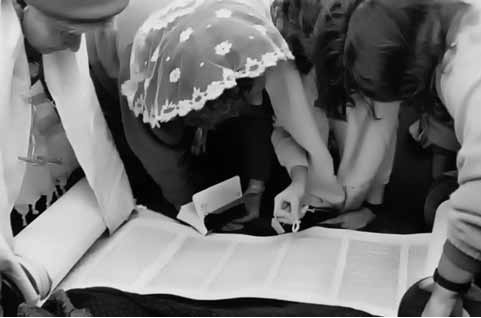
Can Leviticus’ Purity Laws Help Us Understand #MeToo?
The poet Galit Hasan-Rokem wrote the following poem entitled “This Child Inside Me”:
This child inside me
Sorts my existence into elements:
Blood and urine
Calcium and iron.
In my sleep I am a quarry
Where rare treasures are suddenly found.
Blood and urine, calcium and iron. The fluid and elements that, in part, make up the physical constitution of a human body. This is, in part, the focus of our Torah portion earlier this month, called Parashat Tazria—which is always a confounding one for the bar or bat mitzvah student. The particular section of the Torah that we read at this time of year addresses issues of ritual purity. Some of those considerations include menstruation and childbirth. This part of the Torah is, indeed, a bar or bat mitzvah student’s worst nightmare. Every year, one or two innocent and unknowing soon-to-be 13 year old finds themselves forced to find relevant meaning in rules concerning nocturnal seminal emissions and afterbirth. Meanwhile their more fortunate classmates with simchas that land in the fall are assigned Noah’s ark and the Garden of Eden.
Leviticus builds character.



